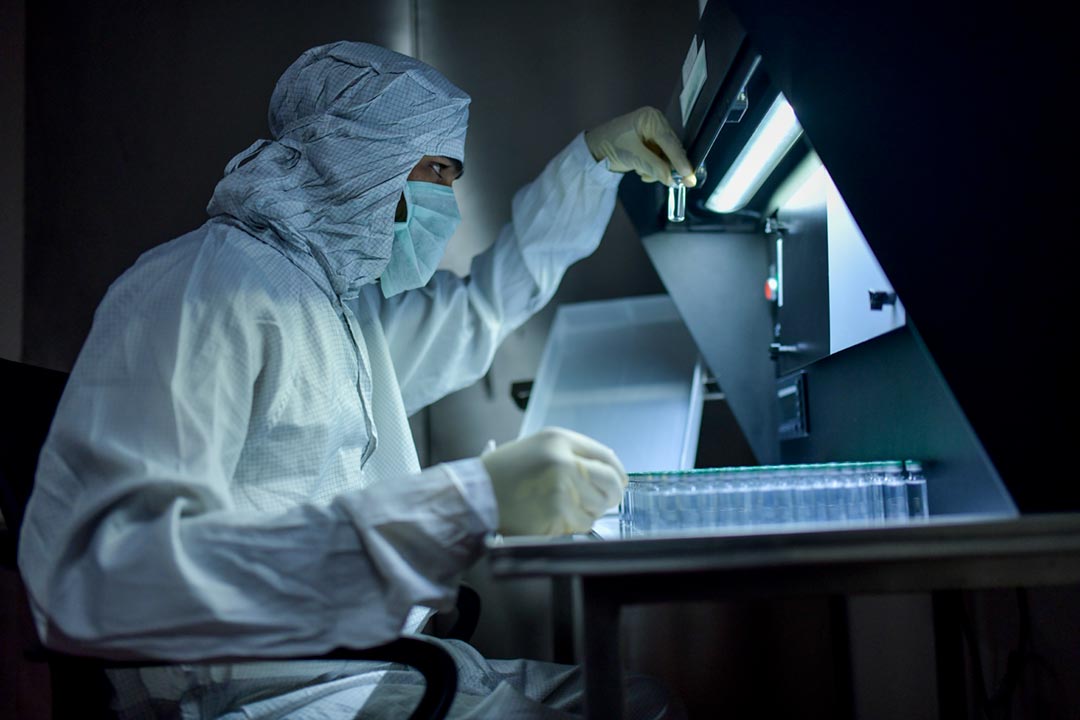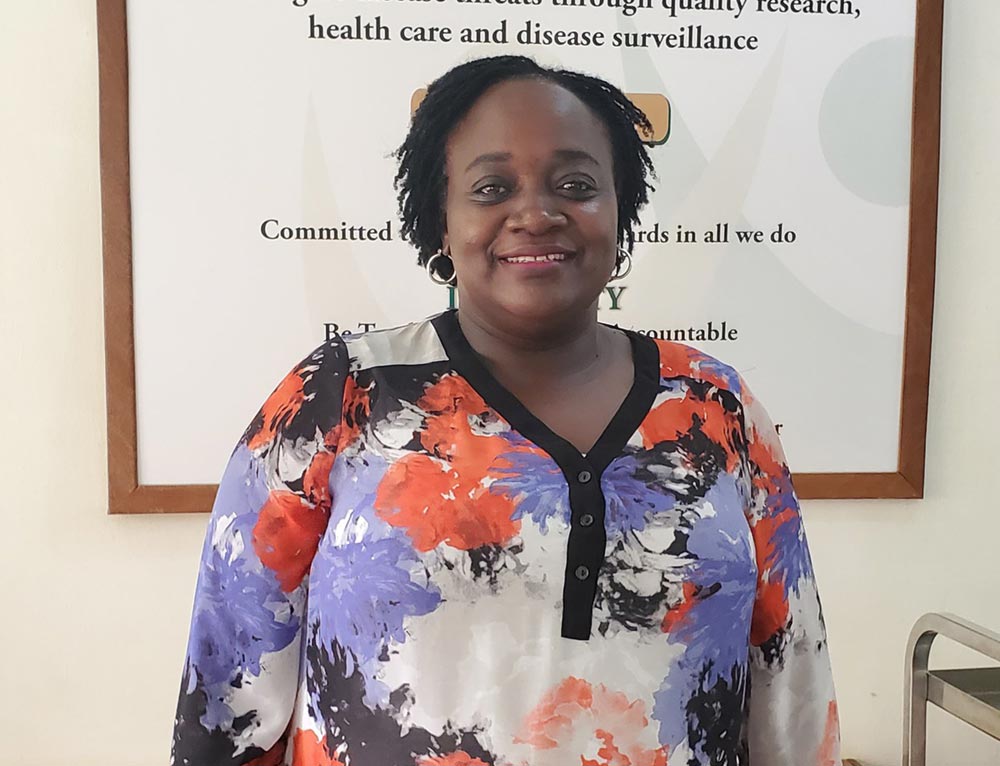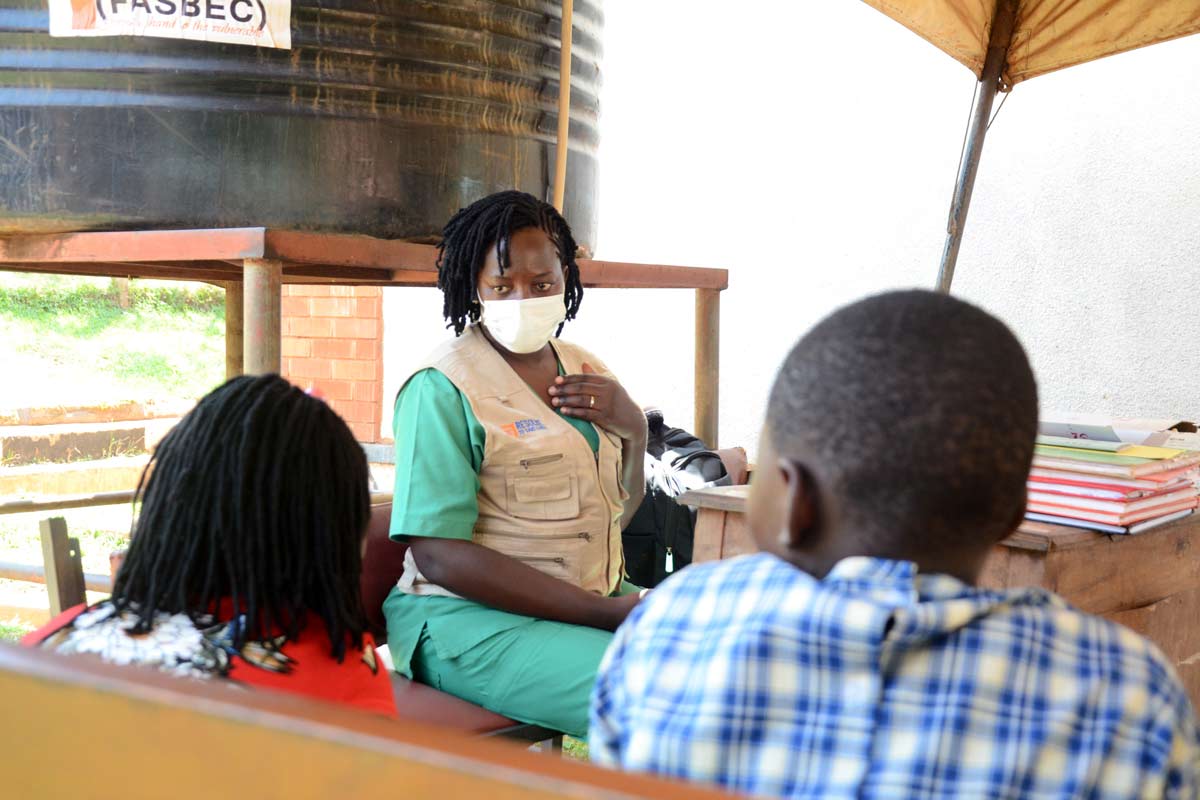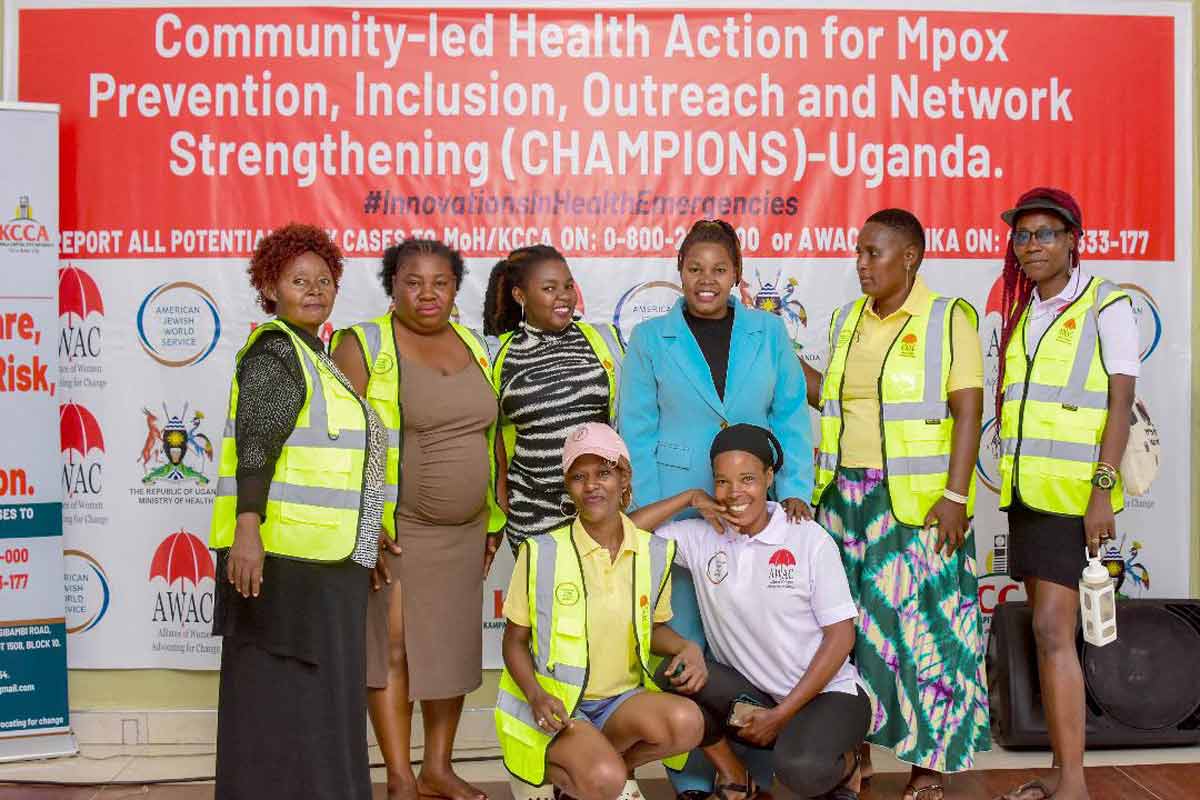Are we getting close to a Marburg vaccine?
In Uganda, VaccinesWork catches up with Dr Betty Mwesigwa, who is leading a phase 2 trial of a Marburg vaccine candidate.
- 29 January 2024
- 6 min read
- by Esther Nakkazi

Nobody wants to contract the Marburg virus.
It's one of the deadliest viruses we know of, with case fatality rates of around 88%. Its unlucky victims can expect to suffer symptoms similar to those caused by fellow filovirus Ebola – fever, joint pain, body weakness, stomach pain, diarrhoea. Bloody vomit and faeces, along with spontaneous bleeding from the nose, gums, vagina, and the holes left by hypodermic needles might follow. Death on day eight or nine of symptoms is typical.
The current trial's job is to evaluate safety and the ability of the vaccine to stimulate immune responses. The researchers are looking to assess the magnitude of the response and its duration.
The bad news: since the virus's advent in the late 1960s, there have been several grisly outbreaks on the African continent, with two occurring in 2023 alone. There is no proven treatment.
The good news: scientists are working on a vaccine.
One candidate vaccine, developed by the Sabin Vaccine Institute, is currently undergoing phase 2 trials at the Makerere University Walter Reed Project (MUWRP) in Kampala, Uganda. VaccinesWork caught up with Dr Betty Mwesigwa, the principal investigator on that trial, to learn more.
The Marburg vaccine trial
Following on from encouraging phase 1 trials conducted in the United States, the ongoing trial – a randomised, placebo-controlled, double-blind study – has so far enrolled more than 20 of the targeted 63 healthy volunteers aged between 18 and 50 years of age, Mwesigwa says. (They have only so far recruited from the younger cohort.) Sixty-two others will be recruited at a second study site in Kenya – the Kenya Medical Research Institute in Siaya.
But Dr Mwesigwa is quick to clarify that nobody is injecting anybody with Marburg: killed, modified, or otherwise.
"It's crucial to understand that this vaccine doesn't use a live or killed form of the actual germ. These vaccines for infectious diseases, especially those with no cure and which are fatal, are produced artificially in a laboratory," she explains. The vaccines contain mimics of the germ, and when the body encounters these mimics, it reacts as if facing the real threat, fostering immunity without the risk of contracting the actual infection.

Credit: Esther Nakkazi
The Marburg vaccine, like many, but not all, others, operates preventively, Mwesigwa explains, meaning that it is administered before an individual contracts the infection. The aim is to sensitise the body to the germ, prompting the production of defensive elements – metaphorically, immune 'soldiers' equipped to combat the infection.
Over time, this new army of 'soldiers' naturally diminishes, but the body retains a memory of the germ. In the event of future exposure, the body responds rapidly and effectively, ready to combat the familiar threat.
The current trial's job is to evaluate safety and the ability of the vaccine to stimulate immune responses, Mwesigwa says. The researchers are looking to assess the magnitude of the response and its duration – understanding, in other words, how many 'soldiers' the body mobilises, their effectiveness, and how long they persist – all of which is crucial information.
"When examining immune responses, we consider both their breadth and frequency. The breadth signifies the range of threats the immune system can combat ؘ– whether it's one, two, or several," she adds.
Understanding whether a response is modest or robust, identifying its peak and duration, is "paramount in our pursuit of a successful outcome", says Mwesigwa.
What's next?
If the predefined objectives are successfully met, Sabin – who chose MUWRP as its partner for the phase 2 trial – may opt to proceed to phase 3.
However, typically, phase 3 trials necessitate an outbreak setting with a sizable population at high risk, but not yet infected. Vaccination is administered, and subsequent infections are closely monitored to test efficacy. "So, if we got a Marburg outbreak after this trial we would be able to give it to people and test efficacy," says Mwesigwa – speaking theoretically.
Have you read?
That's not unfeasible – Uganda has seen four Marburg outbreaks, in 2017, 2014, 2012 and 2007.
But anticipating a fifth – a necessarily frightening prospect – is not the only option. While an outbreak setting is an ideal proving ground for a vaccine in for phase 3 trials, in its absence, extrapolating data from animal trials and phase 2 becomes crucial.
Long road
But getting to that point is still a big "if". While the team hopes for the best outcomes, they also acknowledge that finding vaccines for infectious diseases is not easy, and that the process to find an efficacious and safe one is a long and uncertain road.
At the MUWRP site, for instance, they have previously conducted a trial for a combination vaccine comprising the antigens for Ebola Zaire, Marburg, Ebola Sudan, Tai Forest and Ebola Bundibugyo viruses.
Although the combination vaccine demonstrated safety in trials, Mwesigwa says, the immune responses observed were not highly protective. The combination vaccine's efficacy against each virus individually was uncertain, necessitating separate evaluations for each disease. That combination vaccine has not made it to market – but lessons were learned and will be used for future vaccines.
Safe hands
The current Marburg candidate, of course, is already partway down the road to proving itself. The phase I trials conducted in the US found it safe and capable of eliciting rapid and robust immune responses – the promising rationale for this next evaluation.
And if it isn't the vaccine's first rodeo, it certainly isn't Mwesigwa's.
Currently serving as the Deputy Executive Director at MUWRP, Mwesigwa is a medical doctor by background, with an expertise in clinical research, a master's degree in clinical trials and 20 years of experience on the job. After participating in more than a dozen clinical trials, Mwesigwa says vaccines are a crucial curb on infectious diseases – both those we know, and those yet to emerge.
"Even new infections will come because of population growth and continuous interference with the ecosystem. People need [a place] to live, and we are interfering a lot with animal space. The interaction is likely to bring infections we have never known and thought about. That's why surveillance is critical," she explains.
Developing vaccines quickly will be crucial. Often, she says, by the time an outbreak is diagnosed and identified, lives have already been lost. "But if we had vaccines, much like the systematic roll-out of childhood vaccines, it would be easy to have populations that are prepared against the diseases we know, and then maybe we wait to fight the ones we don't know yet," she says.
Being part of that mission of discovery clearly motivates Mwesigwa – but not at the expense of concern for the well-being of trial volunteers.
"For me, the most beautiful part so far, [is] that the studies I have led or been part of we don't have major side-effects, which are like deaths of participants – or [participants left] with disabilities. That is overwhelmingly pleasing."








